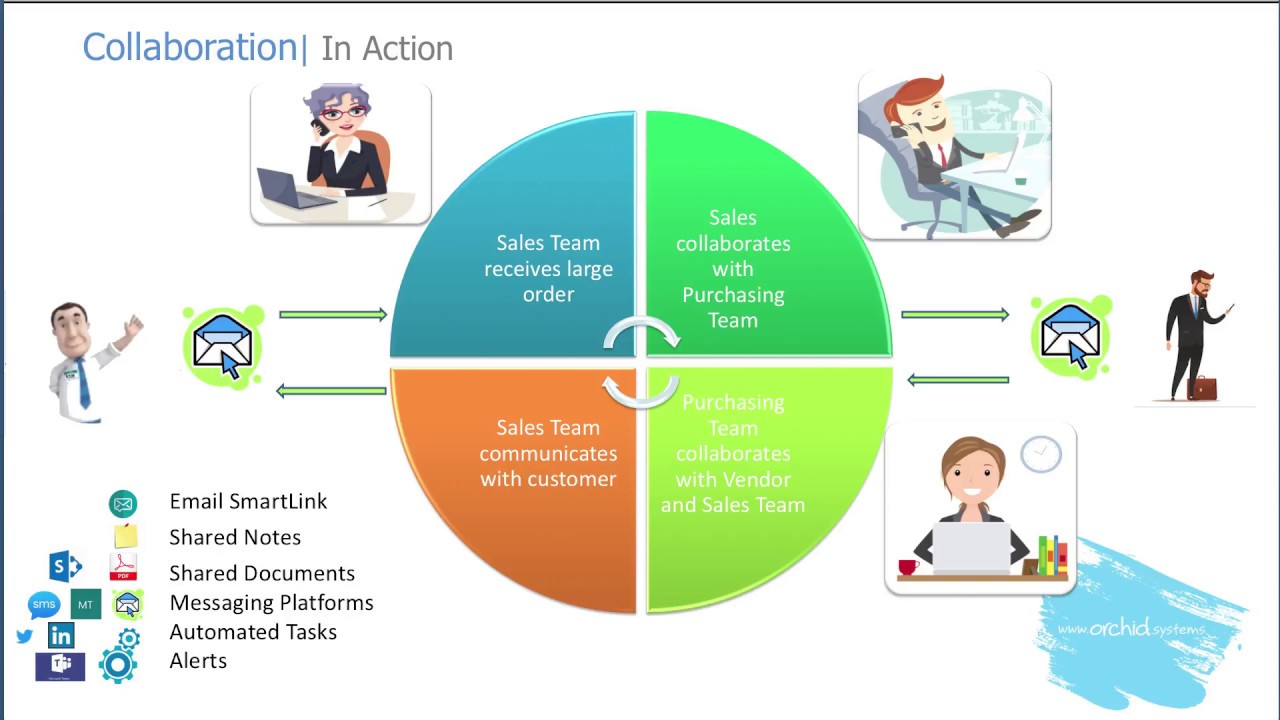You don’t have to be as old as me to recall the days when cloud expertise was the domain of the meteorologist. How times have changed. These days you almost need to take an umbrella into IT seminars, lest you be hit by a deluge of cloud references faster you can say cumulonimbus.
The march towards a cloud-based IT world seems unstoppable, and the Sage 300 community is far from immune to this change, with Sage’s marketing efforts now very much focused on the Sage Business Cloud concept, and the freshly re-branded Sage 300cloud.
It’s not all just hype, of course. The cloud is well and truly here to stay, and we use cloud-based applications every day, often without even realizing it. When it comes to our ERP systems however, most businesses are just at the start of what is likely to be a long journey and, as Nathalie will attest, we each need to proceed at a pace we are comfortable with.
Feet in the server room, head in the cloud

The reality is that the vast majority of Sage 300 sites today are hosted ‘on premises’ rather than in the cloud, and many are likely to stay that way for years to come. But while our ERP software might be confined to the server room, it doesn’t follow that our business needs to be so constrained. In the medium term the main game won’t be cloud-hosting so much as cloud-enablement or cloud-connectivity.
The key word here is integration. Sage Business Cloud holds out the promise of more and more doors to the cloud being opened, but you may be surprised by the extent to which you can reach out into the cloud here and now, even when using Sage 300 classic rather than web screens.
We’re not talking about a big IT investment either.
Much of this can be achieved by some quite simple customization of Sage 300, hooking it into well-established cloud-based platforms you are probably already using.
Cloud-enabled Collaboration in Action
To illustrate, let’s look at some examples of integrating the cloud into the daily operations of a Sage 300 business, often with the help of add-on modules from Orchid Systems. I may be using the term ‘cloud’ a bit loosely here, but even if the platforms themselves may not be considered cloud-based the tools we use to interact with them often are.
Most of these examples are demonstrated in our recent ‘Collaboration in Action’ video, which you can access by clicking on the image above.
In the video we’ve used Orchid Notes to demonstrate a simple integration between Sage 300 and social media, in this case LinkedIn:
- The URL of a customer’s LinkedIn page is stored within a Note.
- As Notes supports hyperlinks, any Sage 300 user performing an action related to that customer can be just a click away from the customer’s LinkedIn profile.
Document Sharing
Orchid’s Document Management Link (DML) lets you access relevant documents where and when they are needed from within Sage 300, but you can take this a step further:
- By configuring DML to point to a network folder that in turn has been mapped to a cloud-based file sharing service (e.g. Dropbox, Google Drive, or Microsoft OneDrive) you can take advantage of the synchronisationand sharing capabilities those services offer.
- Alternatively, configure DML to store documents in SharePoint, and use it with Office 365 to benefit from their collaboration and security features.
- In our “in action” video we demonstrate customer emails, order confirmations and related Purchase Orders being stored in a DML network folder.
Microsoft Teams
Microsoft Teams is a collaboration platform that forms part of the Office 365 suite.
- To demonstrate this we’ve set up a customer-specific channel on Microsoft Teams, allowing staff with an interest in a given customer to easily communicate with each other and keep abreast of developments.
- After hitting “Post” during Sage 300 Order Entry we use Python Extender scripts to connect to Microsoft Teams and post a message about the new order to the channel.
OK, so you may not immediately think of email as being a cloud application, but by using tools like Office 365, Gmail, or for that matter any webmail client, it becomes one. Sage 300 can then trigger email communications to customers, vendors, or remote-working staff.To illustrate this, our “in action” video shows how:
- A Python Extender script can add a custom “Print/Email” button to the Sage 300 Order Entry screen that will create a PDF of the sales order confirmation, file it away in the appropriate Document Management Link folder, and email it to the Customer.
- Another Extender script behind the “Post” button in Sage 300 Order Entry can trigger creation of new Purchase Orders if there is insufficient stock to fulfil the sales order, and send a notification email to a nominated member of the purchasing department.
- Extender can also add a custom “Print/Email PDF” button to the Purchase Order Entry screen, which will create a PDF of the newly created Purchase Order, file it away in the appropriate Document Management Link folder, and email it to the Vendor.
- Orchid’s Email SmartLink product can also be used to initiate an email with the simple click of an icon on the Sage 300 screen, and include a hyperlink back to the open Sage 300 record.
This works in the other direction too – after you have received an email, e.g. a new order from your customer, we demonstrate a new Document Management Link feature that lets you drag and drop the email and/or attachments directly into your linked document folder.
SMS
Do you know anyone who doesn’t still use SMS? It may be an oldie, but it remains a great tool for distributing urgent notifications, e.g. to staff who are out and about. In our video:
- The Python Extender script mentioned above that creates new Puchase Orders and sends notification emails to the purchasing contact also uses the Twilio API to notify them by SMS.
When it comes to disseminating short messages SMS may once have ruled the roost, but if I claimed that was still the case I might be accused of peddling fake news. You could say it’s been trumped by Twitter. Twitter is not just used for indiscriminate shouting at the world. You can also use private groups to turn it into a cloud-based internal messaging tool.
- We’ve demonstrated this using an “Extended Note”, combining Orchid’s Extender and Notesproducts, in this case linked to the Sage 300 I/C Items screen.
- When you type in a message in the Note dialogue box and hit enter, the Extender script will append a hashtag based on the active Item Number, and post the message to Twitter.
- Anyone following that item hashtag, e.g. a staff member interested in the status of an urgent delivery, will see that post on Twitter.
- The script also filters the Twitter feed using the active Item Number and displays all related posts within the Notes Alert Box in Sage 300.
About the Extender scripts:
To find out more about the Extender scripts described above, watch Anne’s explanation of them at the end of the Collaboration in Action video. Some of these are available as Sample Scripts for our partners to download from the Resources area of our website. If you are interested in any of the others, contact us.
Originally posted by Orchid Business Systems Pty Ltd.






